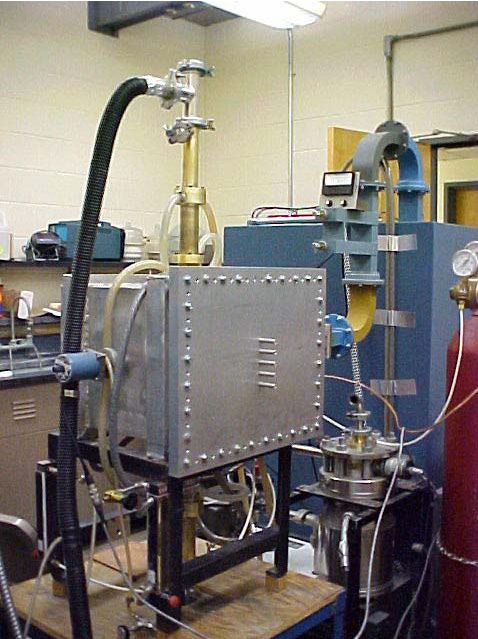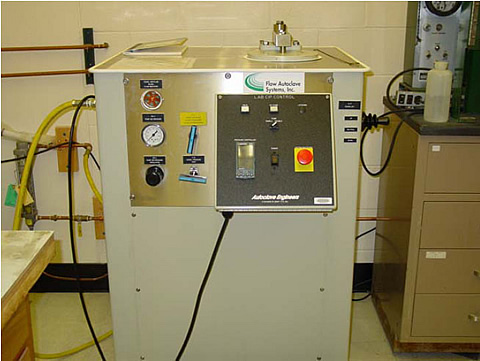Microwave sintering technology has demonstrated improved quality and cost savings for many ceramics and composite products, especially cemented carbide-based drilling components for the oil and gas industry. In the last 5-6 years, under DOE-funded projects, researchers have successfully developed microwave technology for manufacturing carbide parts. This project is an extension of the researchers’ earlier work. They now are applying their experience to process steel-based coiled tubing. The process involves continuous sintering and bonding of the tubes, both steps to be done in a microwave field. The microwave heating mechanism is fundamentally different from conventional heating processes. In most cases, besides savings in cycle time and energy consumption, the resulting manufactured parts have demonstrated superior performance and enhanced life.
Results
This is a continuation of a project that started in 2002. Phase II of the project has just ended. The experiments conducted through Phase II include processing of several steel compositions and finally selecting 316L as the final composition for prototyping. The steel powder was mixed with wax and cold isostatically pressed (CIP), and then microwave sintered. The bonding experiments to join sintered steel tubes were conducted, and optimum conditions were identified. The samples were characterized for strength, corrosion, bending strength, torsion test, fatigue test and hardness, etc., in the laboratory as well by a third party (Stress Engineering).
Benefits
If the project goals are accomplished, it is expected that the technology developed could enable the economic production of coiled tubing that offers improved performance for extended useful life under hostile coiled tubing drilling conditions.
During Phase I of the project, the following milestones were accomplished:
- At the end of Phase II, the milestones and results are summarized below:Existing multimode, 2.45 GHz microwave systems were modified to be able to continuously process powdered metals into small tubular specimens to obtain uniform sintering characteristics.
- Several steel compositions, including those provided by Quality Tubing Inc., were acquired and microwave-sintered; 316L steel was found the most suitable for sintered coiled tubing.
- The green tubing extrusion process was found infeasible for fabrication; CIP was adopted instead.
- Steel composition (QT-16Cr80) was selected as the final composition, and powder batches were made for fabricating green tubular samples.
- Bonding of steel tubes was completed using microwaves and a special Dennis Tool braze powder. High bonding strength was achieved.
- Large-scale CIP equipment for making green tubular samples in large quantities was purchased and installed at Dennis Tool’s Houston facility.
- Sintering difficulties for steel tube samples have been identified. A microwave energy hot spot (thermal runaway) problem developed as the tubing exited the applicator during the continuous processing.
- Modifications to the applicator have been made to diagnose and improve the microwave energy distribution and temperature profile in the applicator. Acceptable continuous sintering conditions are being developed.
- The larger continuous microwave sintering applicator has been fabricated in order to accommodate the larger tube size (1 inch vs. 3/4 inch OD).
- It is possible to continuously microwave sinter steel tubular products. However, since the sintering temperature window is quite narrow, the scale-up process has to be developed very carefully.
- Cost per foot to process microwave tubing is difficult to estimate at this time, due to lack of enough available processing data and a prototype microwave sintering system.
- Some mechanical properties of the microwave processed tubes were significantly better than conventionally manufactured tubulars, some were just marginally better, and some were slightly inferior.
- Process scale-up and sintering of commonly used thin-wall common O.D.-size tubing remains unproven.







